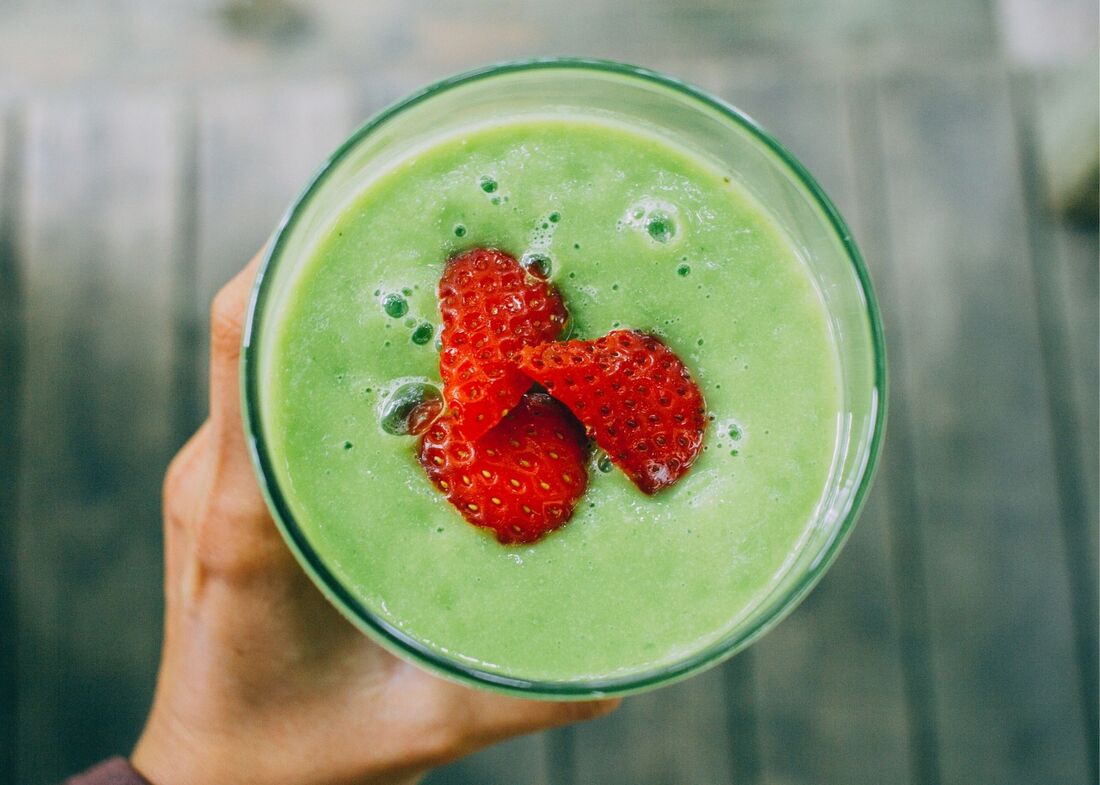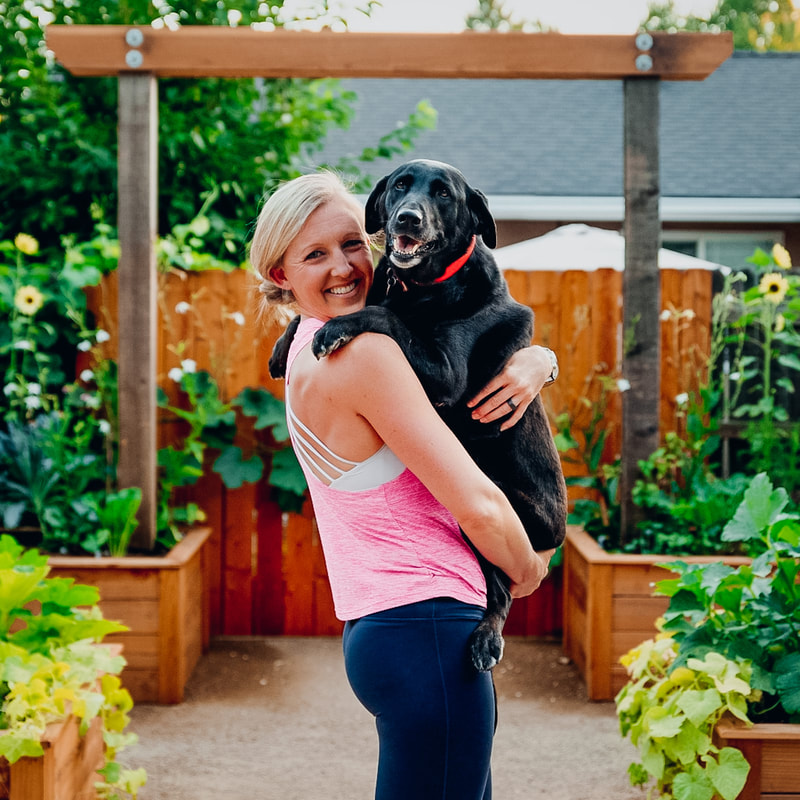|
Happy New Year, folks. How’s that sugar hangover from the holidays? Don’t worry, I’m not judging. All of us have the right to enjoy ourselves and after the last couple of years, celebrating and having a good time is more important than deprivation. But now that it’s a new year, it’s time to reign it in and remind ourselves that as pleasurable as sugar may be, in excess, it can be a problem. Blood sugar dysregulation as a result of a high carb diet (particularly processed carbs!) can potentially lead to a host of health issues including obesity, heart disease, stroke, and type 2 diabetes! Sugar is highly addictive, it’s hidden in everything and we typically find we're eating more than we think when we start really paying attention. The good news is, taking some time to eliminate sugar from your diet can help reverse many of its detrimental effects. Further, giving up sugar means more energy once your body re-acclimates to life without it (or with less of it). No more energy crashes and afternoon cravings!Say goodbye to the afternoon dip in energy! Understandably, the idea of giving up sugar can be overwhelming so, I’m giving you some of my favorite tips to make it as easy as possible. Rather than throwing it all into one long post, I’ve decided to split it up for you. Below, I go over what balanced blood sugar looks like, the stages of blood sugar dysregulation, and I give you some ideas on how to be successful at breakfast (since that’s often the most difficult meal to remove sugar from). In part 2, I give you more tips on setting yourself up for success by prepping, planning, and batch cooking your meals.
|
AuthorTiana Rockwell is a certified nutritional therapist, avid endurance athlete and dark chocolate lover. She believes that by eating REAL food, we can balance our body and reach optimal health and wellness! Archives
May 2022
Categories
All
|













 RSS Feed
RSS Feed